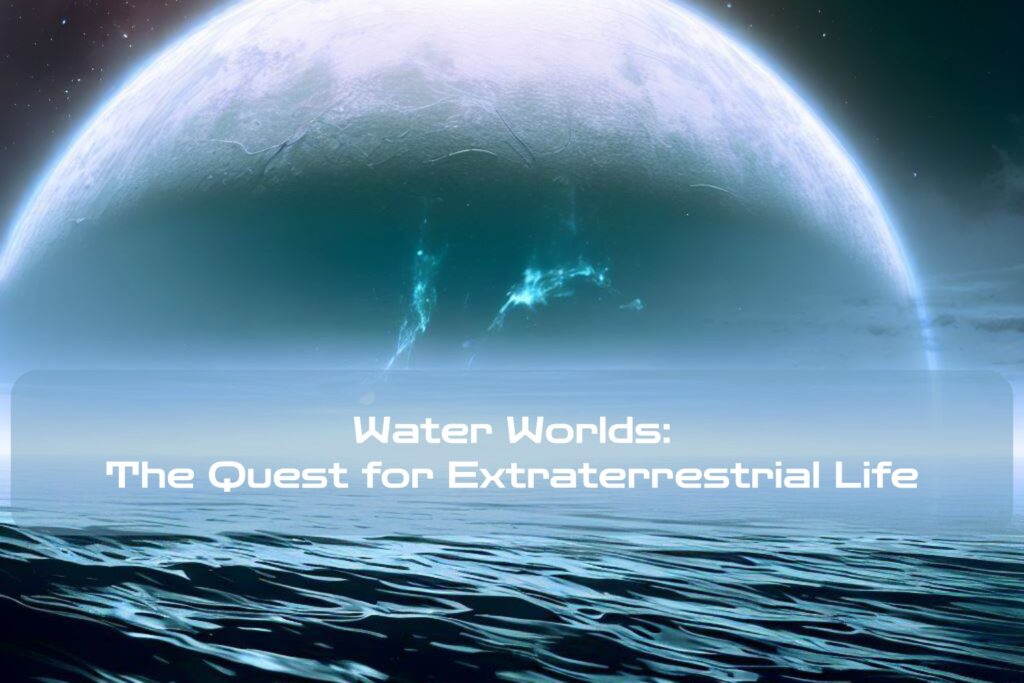Are we alone in the universe?
Our search for answers to this age-old question has led scientists to investigate countless distant planets and moons in the hopes of finding evidence of extraterrestrial life. One promising theory that has emerged in recent years is the Water Worlds Hypothesis, which suggests that planets and moons covered mostly or entirely by water may be more likely to harbor life than previously thought. This hypothesis has sparked a renewed interest in astrobiology research and offers new hope for discovering life beyond Earth.
What is so important about water?
At its core, the Water Worlds hypothesis proposes that planets or moons with an abundance of water may provide an ideal environment for life to thrive. This is because water is a critical component for all known forms of life on Earth.
Not only does it provide a medium for chemical reactions to occur, but it also helps regulate temperature and provides protection from harmful radiation. In contrast to other theories on habitable planets, such as the Goldilocks zone (which suggests that a planet must be at just the right distance from its star to have liquid water), the Water Worlds hypothesis expands our understanding of what may constitute a habitable planet by focusing on bodies that are predominantly covered with water.
The search for extraterrestrial life
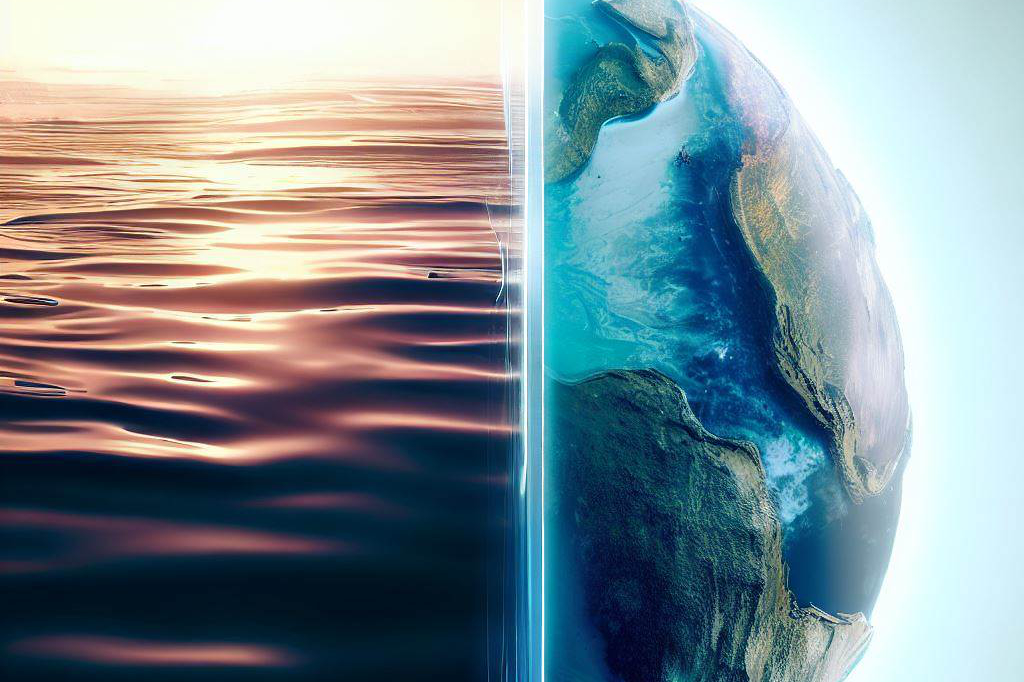
The question of whether we are alone in the universe has fascinated humans for centuries, but it wasn’t until relatively recently that we had the technology and scientific understanding necessary to begin searching for answers. Over time, researchers have developed increasingly sophisticated methods for detecting exoplanets (planets outside our solar system) and studying their physical characteristics. In addition to searching for signs of existing life on other worlds, astrobiologists also study how life originated on Earth and how it might arise elsewhere in the universe.
The search for extraterrestrial life is not just about finding intelligent beings like ourselves; it’s also about gaining a deeper understanding of the universe and our place within it. The Water Worlds Hypothesis is just one of many theories that may help us achieve this goal.
What is the Water Worlds Hypothesis?
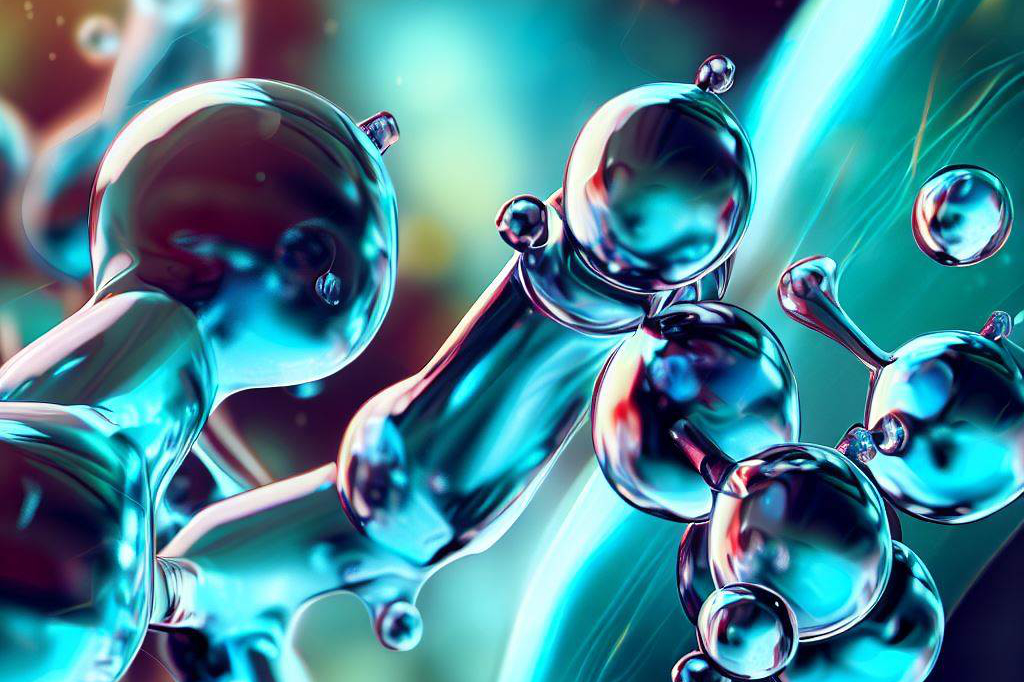
The Water Worlds hypothesis proposes that a planet covered in water, either completely or primarily, maybe the most likely type of planet to harbor life. This theory suggests that such a planet would have the right conditions for the emergence and evolution of life, as water is known to be essential for all forms of life on Earth.
The key component of this hypothesis is that these water worlds would not necessarily need to have a solid surface like Earth does – they could potentially be entirely made up of liquid water, with an atmosphere above it. This makes them quite different from other theories on habitable planets, which typically focus on rocky planets with an atmosphere and liquid water on their surface.
One way to think about the Water Worlds hypothesis is to consider our own planet – while Earth has plenty of water (covering approximately 71% of its surface), it also has significant amounts of land mass. The Water Worlds hypothesis suggests that if we took away all that land and just left behind a globe-spanning ocean, we might create an ideal environment for life to thrive.
How does it differ from other theories on habitable planets?
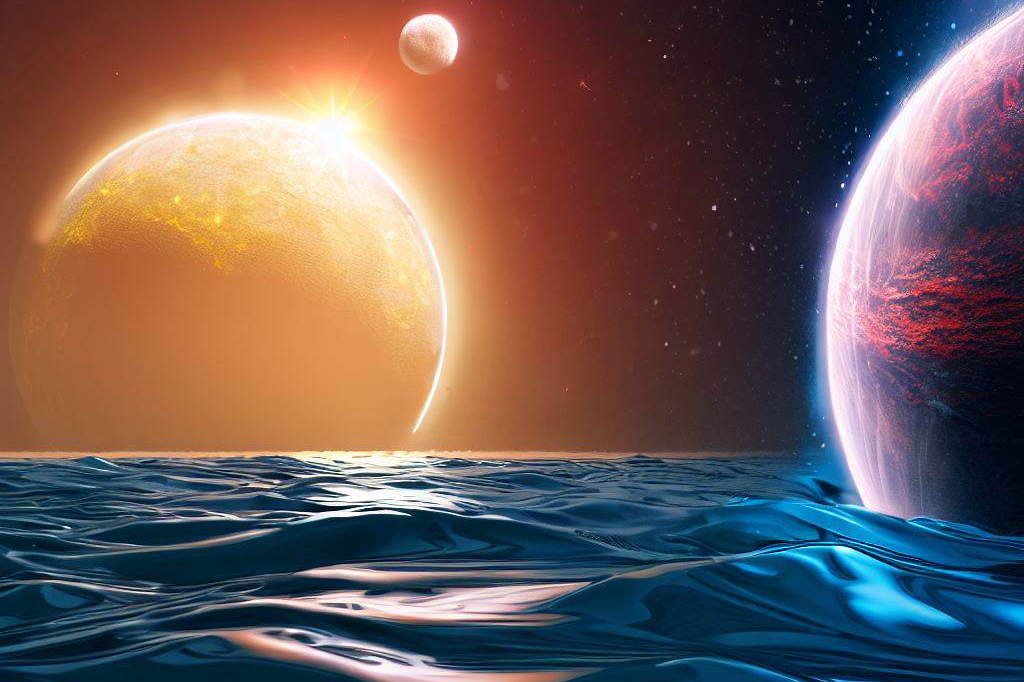
The main difference between the Water Worlds hypothesis and other theories on habitable planets lies in the types of planets that are considered likely candidates for harboring life. Other theories tend to focus on rocky planets with surfaces similar to Earth’s, as these are thought to have a higher likelihood of supporting complex organisms. However, there are several reasons why scientists believe that water worlds may actually be more likely than rocky planets to host life.
First and foremost is the fact that liquid water is essential for all known forms of life – without it, biological processes would simply not be able to occur. Additionally, some researchers believe that certain types of oceanic environments – such as deep-sea hydrothermal vents – may provide ideal conditions for microbial life to emerge and evolve.
These environments often have high levels of dissolved nutrients and a variety of chemical reactions occurring, which could create the perfect breeding ground for simple organisms. Overall, while the Water Worlds hypothesis may appear to be quite different from other theories on habitable planets, it represents an exciting new avenue for researchers to explore in their ongoing search for extraterrestrial life.
Why Water Worlds are Essential for Astrobiology Research

Scientists have been searching for signs of life beyond our planet for decades. One of the most important factors when considering whether a planet can support life is the presence of water. Water is essential for all life as we know it on Earth, and it plays a crucial role in many biological processes.
This is why the Water Worlds hypothesis has become such a significant area of study for astrobiologists. Planets classified as Water Worlds are those with a surface completely covered by water, or with oceans so deep that they cover the majority of the planet’s surface.
These planets are unique because they offer ideal conditions for the development and sustenance of life. By studying these planets, scientists hope to gain important insights into how life might exist beyond Earth.
There are several reasons why water worlds may be more likely to harbor life than other types of planets. Firstly, water provides a stable environment where temperatures remain relatively constant and don’t fluctuate wildly like on some other planets.
Secondly, bodies of water can act as protective shields against radiation from space, which could otherwise damage or kill living organisms. Seawater contains many vital nutrients that could sustain complex organisms over long periods.
How Water’s Importance to Life Makes It Crucial in Astrobiology Research
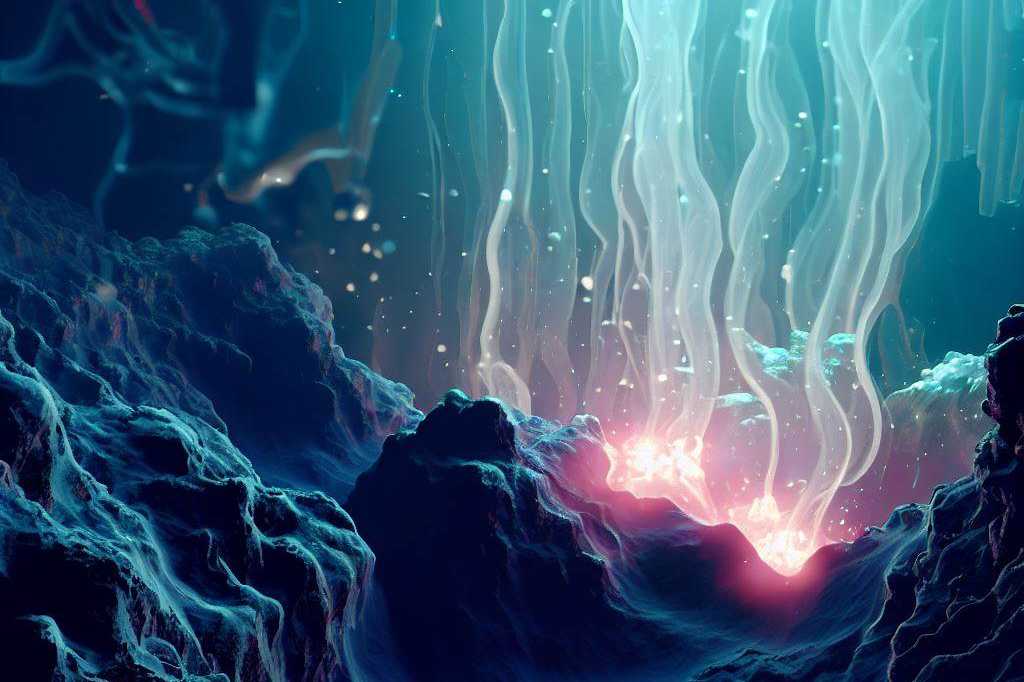
Water is essential to all known forms of life on Earth–it plays an integral role in everything from cellular metabolism to photosynthesis in plants. It is also one of the most common substances found throughout our universe; it exists in gas form in interstellar clouds and on icy moons orbiting Jupiter and Saturn.
Given this, it’s not surprising that astrobiologists looking for extraterrestrial life have focused much attention on finding watery environments elsewhere in our solar system and beyond. Water Worlds — described as planets whose surfaces are covered almost entirely by water — represent one such possibility that scientists are excited about.
As it turns out, these planets may be ideal candidates for detecting life beyond Earth because they offer conditions that are similar to what we find here. There are many reasons why water is important in astrobiology research, but one of the most compelling is its role as a solvent.
All the chemical reactions that take place within living organisms require a medium in which they can occur, and water is an excellent choice for this. It has properties that make it an ideal solvent for many of life’s essential molecules–from proteins to nucleic acids–that act as building blocks for all living things.
Water Worlds May Hold Key to Extraterrestrial Life
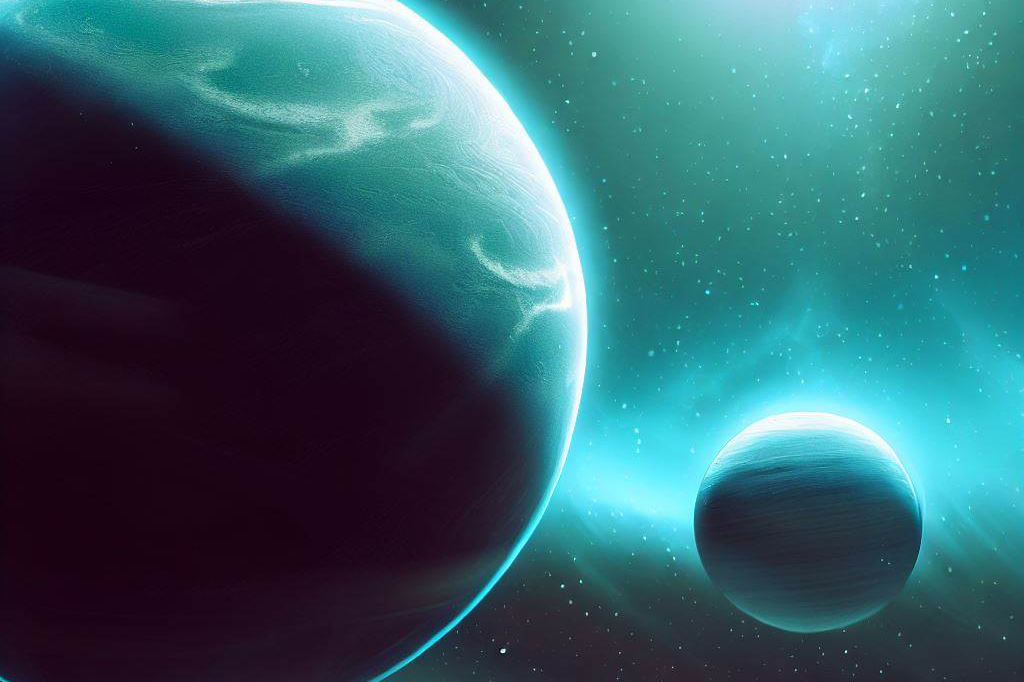
The search for extraterrestrial life is one of the most exciting areas of inquiry in modern science. And while no definitive evidence has yet been found of life beyond Earth, recent discoveries have given researchers hope that such evidence may be discovered sooner rather than later.
One important area of focus has been the search for Water Worlds – planets with a high percentage of water on their surface or deep beneath their crusts. These environments provide ideal conditions for supporting complex biological systems and have captivated astrobiologists worldwide.
The reason why Water Worlds are considered so important in the hunt for extraterrestrial life relates primarily to their potential habitability. As we’ve seen, water is essential to all known forms of life on Earth, and so planets where water exists in abundance would seem like good candidates for hosting alien organisms.
Furthermore, Water Worlds may also help us understand how life on our planet evolved over time. For example, scientists believe that early forms of marine life were responsible for generating much of the oxygen present in our atmosphere today; studying similar organisms on other planets could help us understand how this process works more broadly across different environments..
Exploring Potential Water Worlds
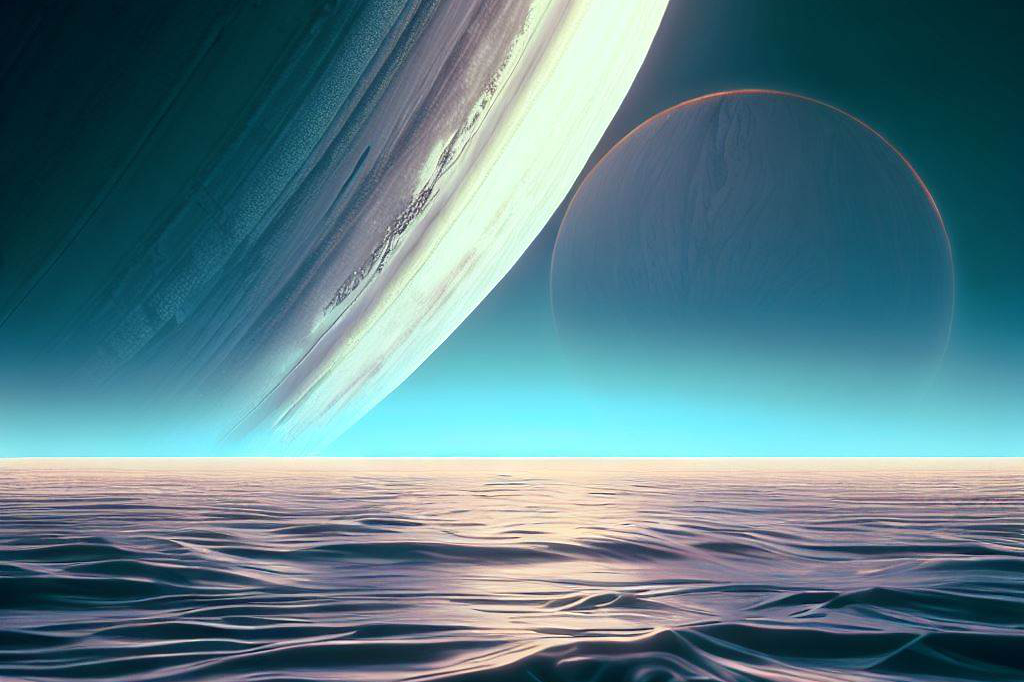
The search for extraterrestrial life has been a hot topic for decades, and the discovery of water worlds is a significant breakthrough in this area. Water is an essential component for life as we know it, which is why finding planets with vast water resources increases the chances of finding life beyond our planet. Here are some potential water worlds in our solar system and beyond.
Promising Candidates in Our Solar System: Europa and Enceladus
Jupiter’s moon Europa has a subsurface ocean of liquid saltwater that may be twice as big as Earth’s ocean, making it an attractive candidate for extraterrestrial life. The presence of geysers on its surface also suggests that there are active plumes on Europa that could contain organic material, necessary for the development of life. Saturn’s moon Enceladus is another potential water world within our solar system.
It has a subsurface ocean beneath its icy crust that may contain hydrothermal vents similar to those found at the bottom of Earth’s oceans. These vents provide nutrients and energy to bacteria on Earth, leading scientists to believe that similar bacterial colonies could exist on Enceladus.
New Discoveries Beyond Our Solar System
In recent years, scientists have discovered several exoplanets (planets outside our solar system) that fit the criteria for being potential water worlds. One such planet is Kepler-62f, which orbits a star 1,200 light-years away from us.
It has a radius about 40% larger than Earth’s and receives about half as much sunlight from its star as we do from ours – making it possible for liquid water to exist on its surface. Another promising exoplanet is Gliese 581g located about 20 light-years away from us.
It is believed to be located in the habitable zone of its star, where the temperature is just right for liquid water to exist on its surface. Although there are debates about its habitability, some scientists believe Gliese 581g could be a potential water world.
As technology continues to advance and our understanding of the universe expands, we may discover even more water worlds that could potentially harbor life beyond Earth. The search continues!
Exploring Water Worlds
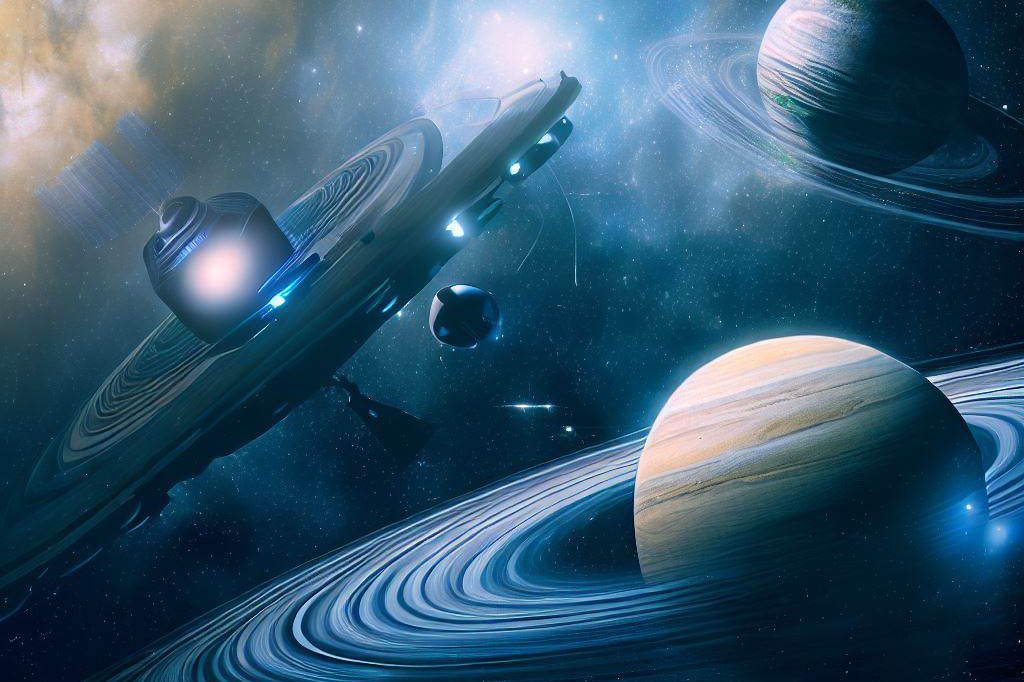
When it comes to studying potential water worlds, scientists have a variety of tools at their disposal. Perhaps the most common method is to use telescopes to observe distant planets.
By measuring changes in the light emitted by these planets, researchers can determine a planet’s size, composition, and other important characteristics. This information can then be used to identify whether a planet is likely to contain water.
In addition to telescopes, spacecraft are also an important tool for studying water worlds. NASA’s Voyager and Cassini missions have provided some of the most detailed images of planets and moons in our solar system.
These spacecraft have revealed that many of these bodies contain vast oceans beneath their icy surfaces. More recently, NASA’s Juno mission has provided detailed images of Jupiter’s moons Ganymede and Europa – two potential water worlds that may harbor signs of life.
Despite these advances in technology, studying water worlds remains a major challenge for scientists. One major obstacle is simply distance – many of these planets are located light years away from Earth, making it difficult to study them in detail.
Another challenge is the harsh conditions found on some potential water worlds. For example, Europa is bombarded by intense radiation from Jupiter’s magnetic field, that could potentially damage any life forms that might exist there.
Despite these challenges, researchers remain hopeful about the possibility of finding life on water worlds. By continuing to explore potential habitats and study their environments using telescopes and spacecraft, we may one day unlock some of the mysteries surrounding our universe and discover new forms of life beyond Earth’s atmosphere.
Final Thoughts
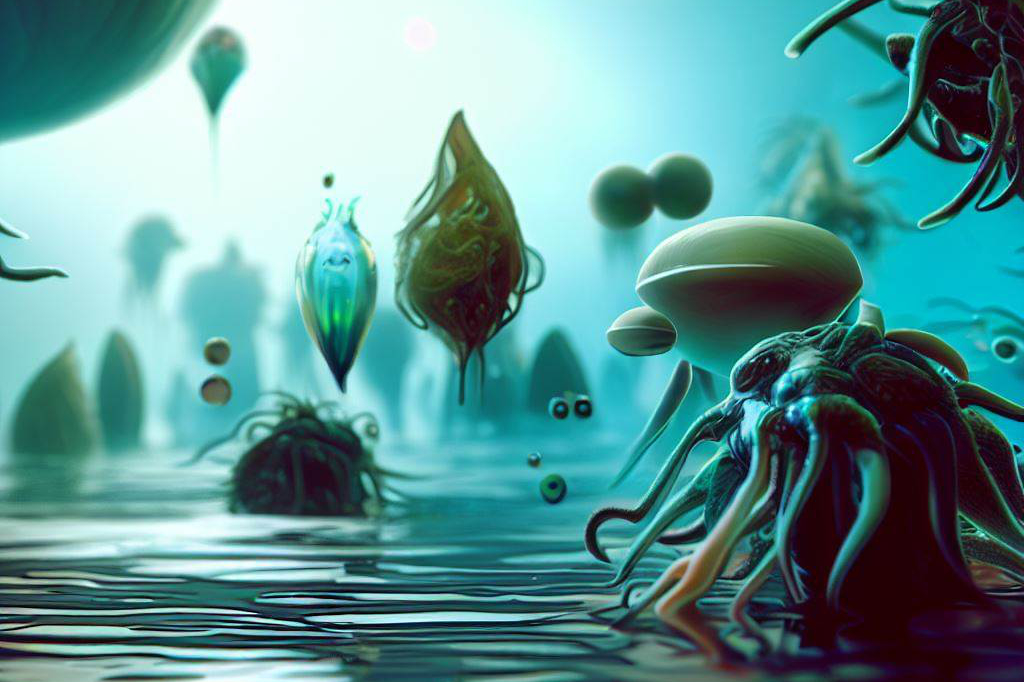
After delving into the theory of Water Worlds and their potential significance for astrobiology research, it’s clear that there is much to be gained from continued study of these types of planets. The search for extraterrestrial life has long been a fascination for scientists and the general public alike, and the possibility that we may find it on water worlds is intriguing.
The Water Worlds hypothesis offers a new perspective on habitable planets, shifting away from traditional ideas about planets with Earth-like characteristics. By broadening our understanding of what makes a planet habitable, we expand the scope of our search for potential life beyond our own solar system.
While finding concrete evidence of life on water worlds remains a challenging task, continued exploration and research will undoubtedly yield more information and insight into these fascinating bodies. Perhaps one day we will make contact with alien beings who call one of these watery worlds home.
In the meantime, however, the mere possibility that such creatures may exist is enough to fuel scientific curiosity and drive us to explore even further into the vast expanse of space. The world may seem small in comparison to the vastness of space but knowing what lies beyond Earth’s borders helps us to see that there are infinite possibilities out there just waiting to be discovered.
FAQ: Water Worlds and the Search for Extraterrestrial Life
What is the Water Worlds Hypothesis?
- The Water Worlds hypothesis proposes that planets or moons with an abundance of water may provide an ideal environment for life to thrive. It suggests that these bodies, predominantly covered in water, may be more likely to harbor life than previously thought.
How does the Water Worlds Hypothesis differ from other theories on habitable planets?
- Unlike other theories that focus on rocky planets with a solid surface, the Water Worlds hypothesis expands the concept of habitable planets by considering bodies that are predominantly covered with water. It suggests that these water worlds may not necessarily need a solid surface but can be entirely made up of liquid water with an atmosphere above it.
Why are water worlds essential for astrobiology research?
- Water is essential for all known forms of life on Earth, and its presence is a crucial factor when considering whether a planet can support life. Water worlds offer ideal conditions for the development and sustenance of life. By studying these planets, scientists hope to gain important insights into how life might exist beyond Earth.
What makes water worlds more likely to harbor life than other types of planets?
- Liquid water is vital for biological processes, and water worlds provide a stable environment where temperatures remain relatively constant. Bodies of water also act as protective shields against space radiation and contain vital nutrients that could sustain complex organisms over long periods. These factors make water worlds promising candidates for supporting life.
What are some potential water worlds in our solar system and beyond?
- Europa and Enceladus, two moons in our solar system, are considered potential water worlds. Europa has a subsurface ocean of liquid saltwater, while Enceladus has a subsurface ocean beneath its icy crust. Beyond our solar system, exoplanets like Kepler-62f and Gliese 581g have been identified as potential water worlds due to their characteristics and potential habitability.
TL;DR…
- 🌍 The Water Worlds Hypothesis suggests that planets or moons predominantly covered in water may be more likely to harbor life than previously thought.
- 💦 Water is a critical component for all known forms of life on Earth, providing a medium for chemical reactions, temperature regulation, and protection from radiation.
- 🌌 The search for extraterrestrial life involves investigating distant planets and moons, studying their physical characteristics, and exploring the origins of life on Earth.
- 🚀 The Water Worlds Hypothesis proposes that planets covered in water, even without a solid surface, could provide ideal conditions for the emergence and evolution of life.
- 🌊 Water worlds offer stable environments with relatively constant temperatures and can act as protective shields against radiation, making them promising candidates for supporting life.
- 🪐 Potential water worlds in our solar system include Europa and Enceladus, which have subsurface oceans, while exoplanets like Kepler-62f and Gliese 581g show potential for water worlds beyond our solar system.
- 🔭 Telescopes and spacecraft are crucial tools for studying water worlds, enabling the observation of distant planets and moons and providing insights into their characteristics and potential for water.
- 🌌 Studying water worlds remains challenging due to distance and harsh conditions, but ongoing exploration and research offer hope for uncovering the mysteries of our universe and discovering new forms of life.
- 🌌 The Water Worlds Hypothesis expands our understanding of habitable planets and fuels scientific curiosity in the search for extraterrestrial life, reminding us of the infinite possibilities beyond Earth’s borders.

C M, a seasoned editor, journalist, and consultant, is deeply fascinated by the convergence of technology, space, and the future of humanity.
With a particular interest in transhumanity, futurology, and the philosophical and ethical dimensions of these domains, C M serves as the lead contributor to SpaceSpotlight and TranscendSphere.
When not penning insightful articles on these rapidly evolving fields, C M indulges in their love for podcasts and books, proudly embracing their status as a ‘Happy Nerd Extraordinaire!’
